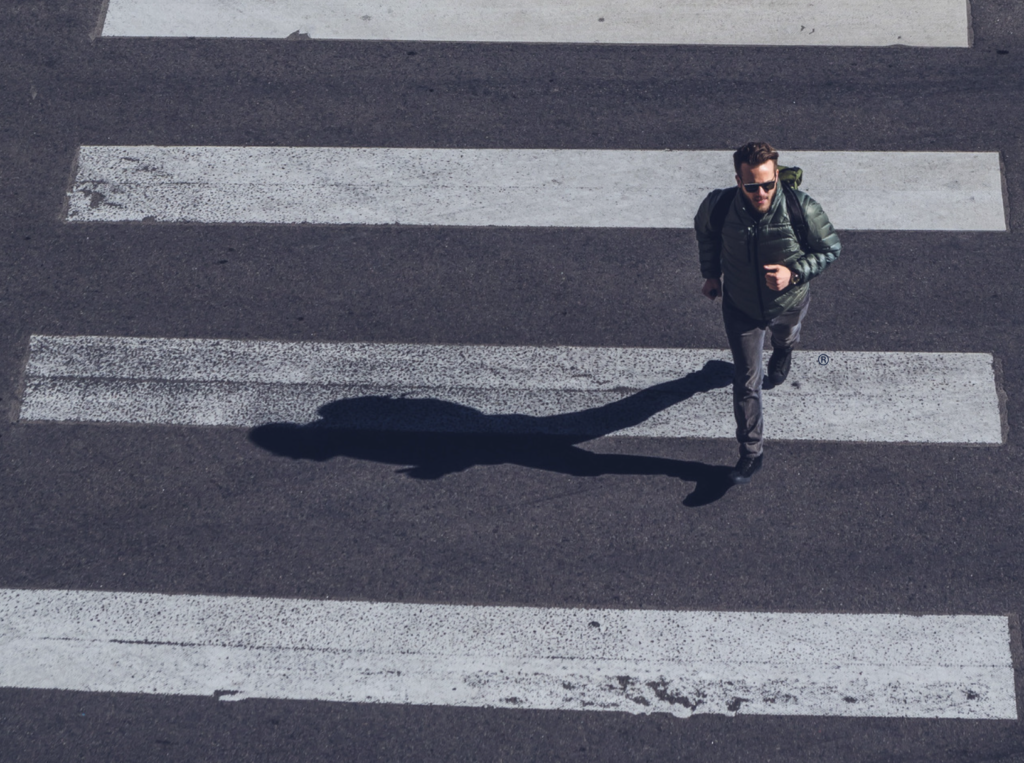Transportation accidents are among the leading causes of serious injuries in our region. The New Jersey Department of Transportation reports that there are approximately 275,000 motor vehicle accidents in the state each year. To be sure, 19,729 accidents were reported in Hudson County alone in 2019.
Pedestrian collisions are a subset of motor vehicle accidents. There are some key factors that make these types of crashes unique. Here, our Jersey City personal injury lawyer explains what you should know about the similarities and differences between car accidents and pedestrian accidents.
Similarity: Injured Victims Need Financial Compensation
Whether you were involved in a car crash, pedestrian collision, bicycle accident, or any other type of transportation-related incident, you need money to pay your bills. Depending on the nature of your accident and your injures, you may be eligible to recover for:
- Property damages;
- Medical expenses;
- Loss of current and future income;
- Pain and suffering;
- Permanent disability or disfigurement; and
- Wrongful death.
Difference: Pedestrian Crashes More Likely to Result in Serious Injuries
Any type of transportation accident has the potential to be catastrophic, even deadly. That being said, pedestrian collisions are far more likely to result in severe injuries. The Centers for Disease Control and Prevention (CDC) estimates that pedestrians account for nearly 1 in 6 traffic fatalities in the United States—this despite making up a far smaller percentage of motor vehicle crash victims.
Similarity: Two-Year Statute of Limitations
You have a limited amount of time to file a personal injury claim in New Jersey. Under New Jersey Statutes § 2A:14-2, the statute of limitations for transportation accident injury claims is generally two years from the date of the collision. There is no exception for pedestrian crashes. Pedestrian collisions are also governed by a two-year statute of limitations.
Complicated: No-Fault Insurance Standard
New Jersey has no-fault auto insurance. For minor and moderate crashes, a driver’s own insurance policy will handle the claim. Only after a major collision—when the victim meets New Jersey’s “serious injury” threshold—can the victim file a personal injury lawsuit against the at-fault driver.
The no-fault standard of liability applies to car accidents.
It also applies to pedestrian collisions, but it is more complicated when injured pedestrians are involved. If you are a pedestrian who has auto insurance—or who is covered by a family member’s auto insurance policy, your initial claim is still against your own Personal Injury Protection (PIP) policy. If you are a pedestrian who does not have no-fault coverage, your initial claim will likely be paid by a state-administered fund.
Call Our Jersey City Pedestrian Accident Attorney Today
At The Law Offices of Anthony Carbone, our New Jersey transportation accident lawyer handles the full range of motor vehicle accident claims, including car crashes and pedestrian collisions. If you or a loved one was hurt in any type of crash, we are more than ready to help. Contact us today for a no-cost, no-obligation initial consultation. With a law office in Jersey City, we represent auto accident victims throughout North Jersey, including in Bergen, West New York, Newark, and Union City.
Notice: JavaScript is required for this content.